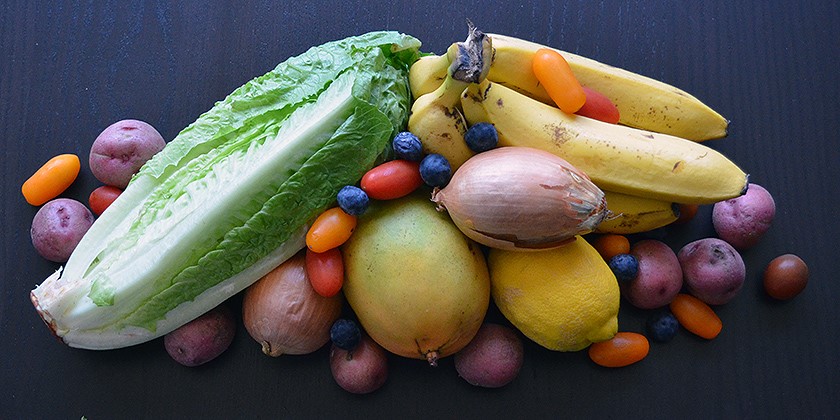The following article was written by Gary Roberts, NHL veteran forward who now owns and operates Gary Roberts Training
Roberts will contribute more information to Neutral Zone readers. Click here to access Gary’s at-home training programs delivered on the Gary Roberts training app. Neutral Zone readers earn 10% discount when applying Neutral Zone promo code NZ10 at checkout. Athlete’s living in America should note, the Canadian dollar is 40 cents to the American dollar! This means close to 50% savings!!!
Preparation is key for optimizing off-season results. This comes down to planning ahead and being intentional about grocery shopping. The goal is to avoid searching for your meal and being prepared for your busy day of training, skating, and recovering from workouts.
Here are seven tips for a healthy grocery shopping trip
1) Plan ahead
– Start with a list. Work off of a larger list and take a small list with you.
– Plan around healthy recipes (include recipes you can freeze for a later date; soups, stews etc.)
– If planning for an entire week is overwhelming, plan for 2-3-day increments
2) Avoid shopping when hungry
– This can lead to over-eating and poor choices.
– Have a snack or meal before to avoid over-spending and indulging in the grocery store
3) Shop around the outside edge of the grocery store
– The outside of most grocery stores contains the fruits, vegetables, the butcher and fresh dairy options.
– The outside of the store contains the real whole foods without an ingredient list.
– The isle typically contains processed foods with an ingredient list which should be used seldomly
4) Read Ingredients not just the nutrition label
– Stick to a small ingredient list
– Make sure you know what everything is on the ingredient list (example: almond butter etc.)
– Make sure you can pronounce everything on the ingredient list. Often times you will see a lot of “food-like substances” which can be harmful to the body.
5) Think about quick easy healthy meal options
– VEGETABLES/FIBER (chopped raw vegetables, spiralized veggies, cooked sweet potato, prepared salad with olive oil and vinegar etc.)
– PROTEIN (whole chicken, grilled chicken, roasted salmon, falafel balls/roasted chickpeas and try to avoid pre-cooked meat- avoid processed meat.)
– HEALTHY FATS (guacamole, nut and seeds/ butters, extra virgin olive oil, etc.)
6) Load up on emergency snacks on hand for when you are out and about (golf course, running errands, at the rink all day, etc.)
– Smoothie ingredients (frozen fruit, nut or seed milk, greens, flax/chia/hemp, avocado, nut/seed butter etc.)
– Trail mix (almonds, hazelnuts, pumpkin seeds, coconut flakes, dried fruit)
– Apples/fruit with nut butter
– Guacamole or/hummus and veg
– Yogurt protein bowl (yogurt, nut or seed butter, berries, cinnamon).
7) Make sure you have the macronutrient checklist on hand and always focus on whole foods as the bulk of your nutrition plan
– Colour- Focus on variety, seasonal, local
– Fiber- Vegetables, seeds (chia, flax, hemp, etc.), nuts/ nut butters
– Protein- Focus on quality and variety
– Fat- nuts, seeds (and butters), avocados, oils, full fat yogurt
– Hydration- Always be prepared with a water bottle on hand, drink the most water around workouts and then sip throughout the day (the majority of the water consumed should not be consumed with meals).
Regardless of what your goal is for the off-season, planning ahead will be the edge for achieving those goals. When you plan in the off-season it will lead to be prepared for optimal performance during the in season.
“Fail to plan, plan to fail”- Benjamin Franklin
Photo Credit: Dan and Margaret Hickling/Hickling Images






